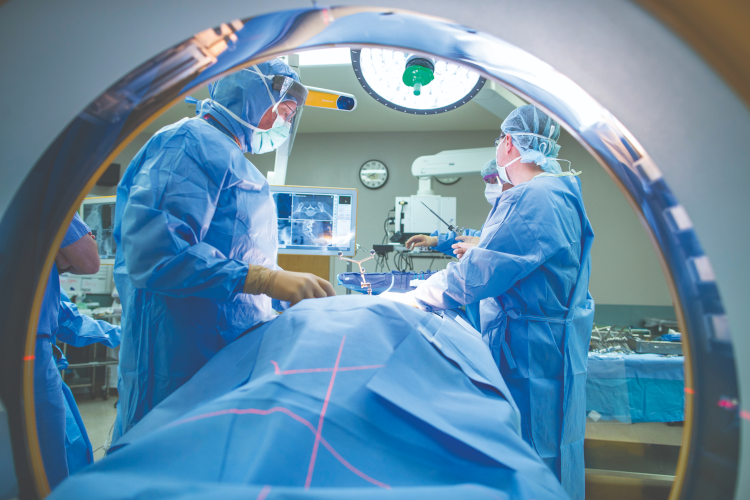What is Vasectomy Reversal
Vasectomy reversal is a urological procedure that reconnects the male reproductive tract after a vasectomy. Although vasectomy was once considered a permanent form of contraception, advances in microsurgery have improved the success of vasectomy reversal procedures.
The procedure
Vasectomy reversal is a relatively simple surgery, the objective of which is to restore the flow of sperm. The procedure is usually performed on an outpatient basis under general anesthetic and takes 2–4 hours to complete. The procedure is not performed under a local anesthetic because that limits the surgeon's ability to perform a more complex connection if necessary. Depending on whether healthy sperm is present or not, one of two procedures may be used: vasovasotomy (VV) or epididymo-vasostomy (EV).
Vasovasotomy
If moving (healthy) sperm is detected, or the quality of the fluid exiting the vas deferens is good, a procedure called a vasovasotomy—or vas-to-vas connection—is performed. Patency rates for this type of connection are usually about 85% if performed on one side and 90+% when performed on both sides.
Epididymo-vasostomy
If no sperm parts are found or the quality of the fluid is poor, it is likely there is a blockage closer to the testicles, which may require a more complicated connection. The connection usually involves connecting the vas deferens to the epididymis, the structure on the back of the testis that allows sperm to mature. EV is usually associated with lower patency rates because the tubes being connected are extremely delicate and small—about the size of a ridge of your fingerprint.
Post-procedure Expectations
Side effects are usually minimal and include swelling, pain and bruising. Recovery takes about 2-3 days. You will be advised to use ice packs and scrotal support. You can return to work within 2-3 days if you do not have a requirement for manual labor. Within 3 weeks you can return to all normal activity, including sex. Any job requiring heavy lifting should be postponed for 2–3 weeks after reversal.
- Scarring can occur any time after the procedure, but it usually happens within the first 6 months. It is possible that scarring can lead to blockage and infertility. For this reason, we offer sperm banking with the vasectomy reversal. Getting semen analyses at regular three month intervals is important to identify the presence of scarring, unless pregnancy occurs indicating fertility. Scarring can usually be treated to allow adequate amounts of sperm to return to the ejaculate for pregnancy.
- 70–80% of men who have vasectomies will have antibodies to their sperm. But this rarely prevents the sperm from fertilizing the egg. The presence of anti-sperm antibodies do not change anything and therefore is not concerning to your surgeon.
- Sperm quality and count usually improve over time. If your first semen analyses shows small numbers or poor quality that is to be expected and will likely improve over time.
Erlanger Provider
Anand Shridharani, MD is a board-certified, fellowship-trained specialist in male reproductive and prosthetic urology with Erlanger Urology in Chattanooga, TN. His practice offers comprehensive men’s reproductive and sexual health services including comprehensive management of the infertile male, reproductive microsurgery including vasectomy reversal, urologic cancer survivorship, and penile/urethral reconstruction.





